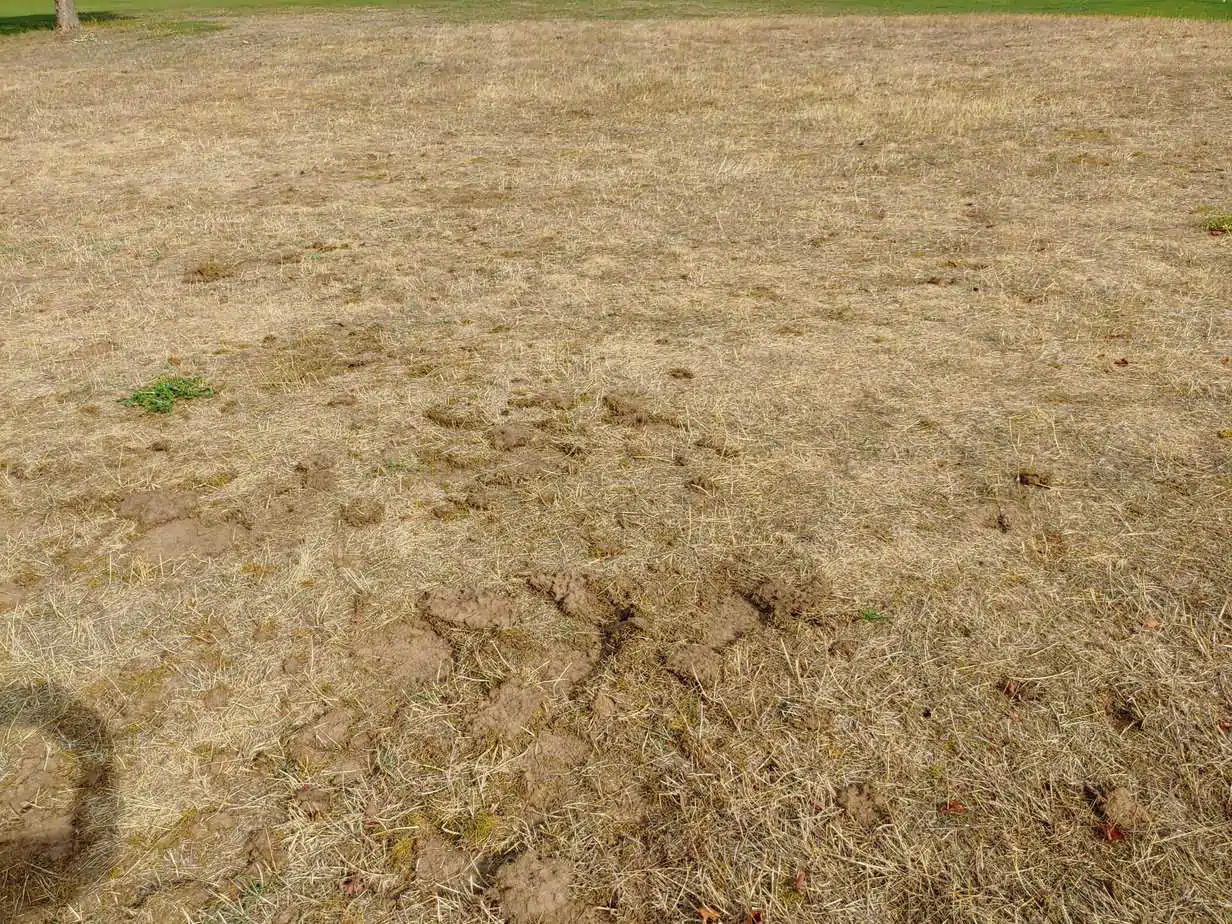Golf and drought: Is the grass still alive?
Is the grass still alive? Or are the fairways completely broken and in miserable condition next year? This question is asked by many a golfer throughout Europe after a summer without precipitation. One thing is certain: The popular statement that brown fairways are only “dormant” and turn splendidly back into a green surface at the first heavy downpour is not true in reality.
“The whole thing depends on the degree of damage, of course,” explains turf expert Dr. Klaus Müller-Beck of the German Turf Society. “There may be areas that are dead, of course.” Here then develop unsightly bald spots for the next season. It is just as bad when robust weeds crowd into the open spaces.
Reseeding becomes a mandatory program
This means that good fairways on a golf course after an extreme summer only exist if the greenkeeping team starts a reseeding program for the affected areas. But, Müller-Beck says, that has to be timed and executed correctly. “It’s no good throwing seed on it at the first rain,” he notes. “It would already have to be a rainfall of 20 to 25 millimeters. The soil must be well soaked.” A first small precipitation otherwise fizzles out quite quickly on the completely dry ground.
Wetting agents help
What is a wetting agent, please? These are means by which the success of reseeding can definitely be improved, in Müller-Beck’s opinion. They are applied to the soil and improve the water-holding capacity of the grasses. That’s why greenkeepers generally like to use them in places that tend to dry out anyway, such as bunker edges that are exposed to the sun. So the combination of wetting agent and reseeding should allow for good fairway quality even after this year’s dry spell







